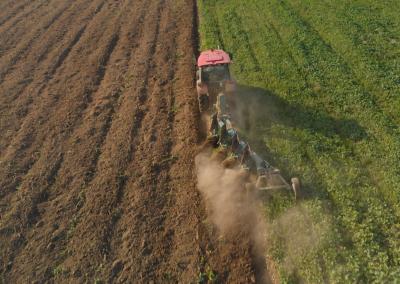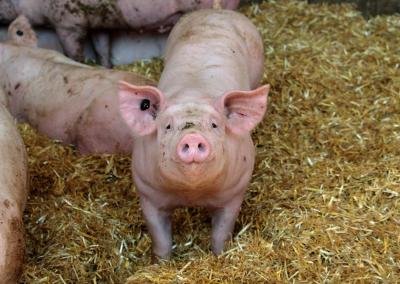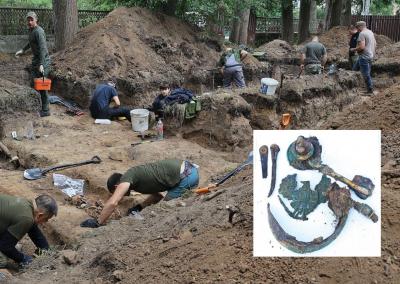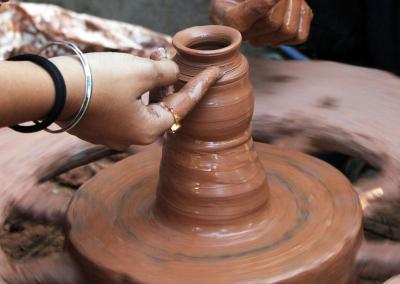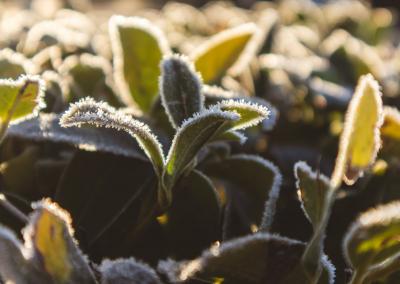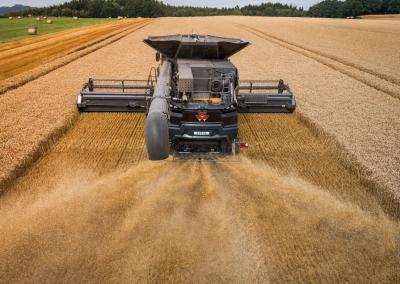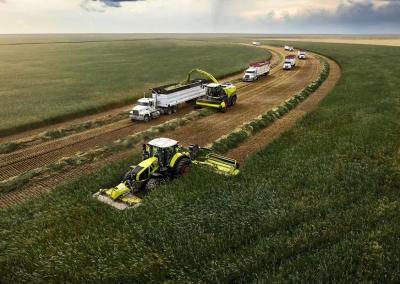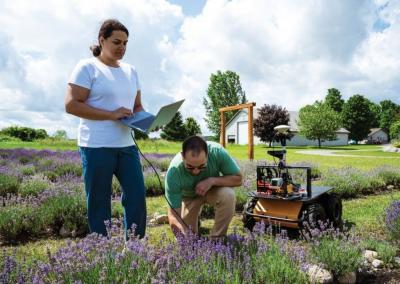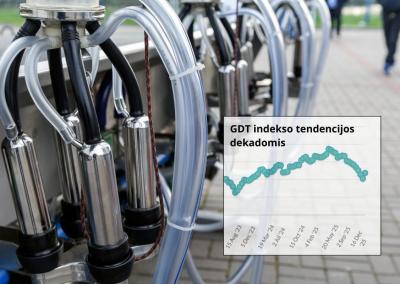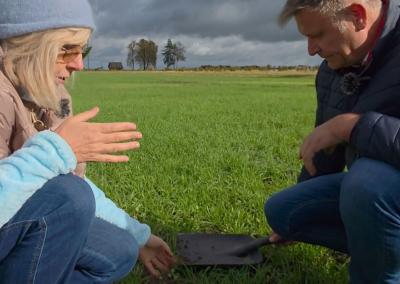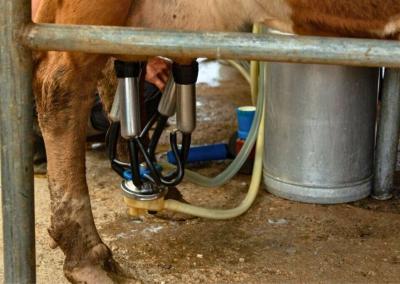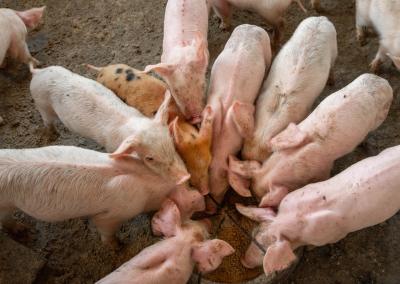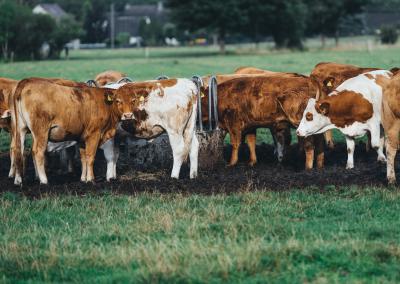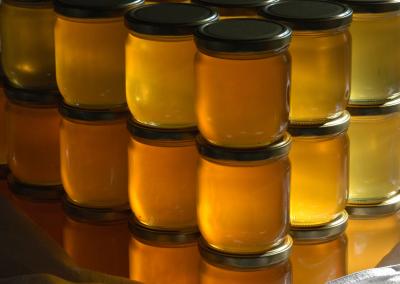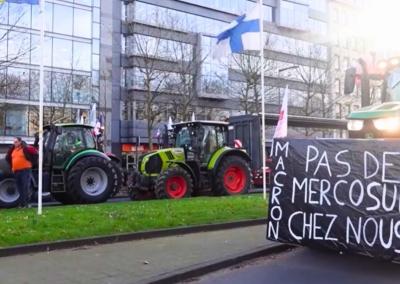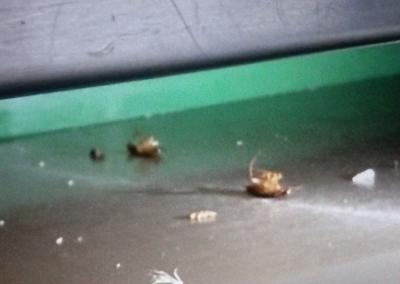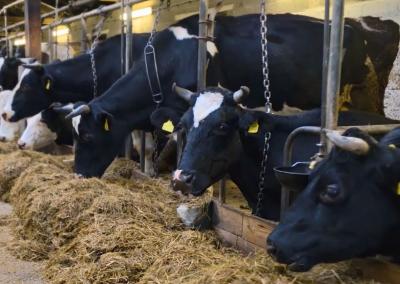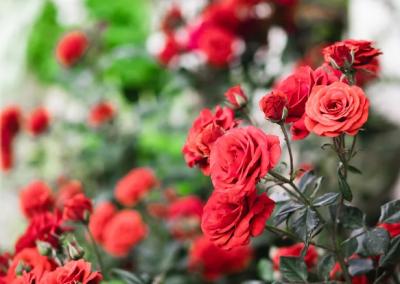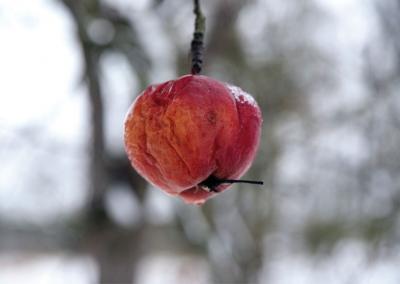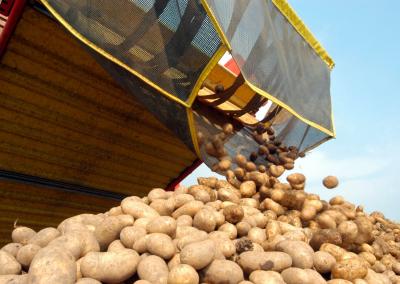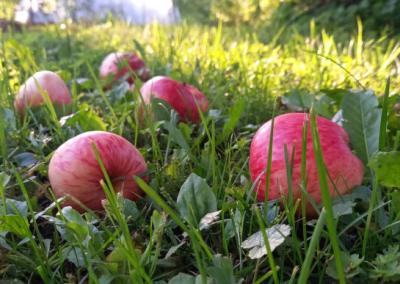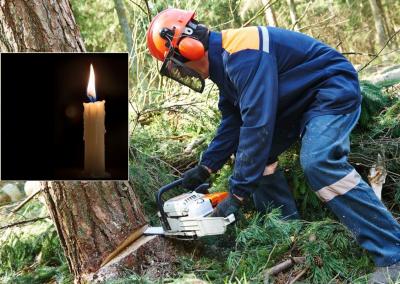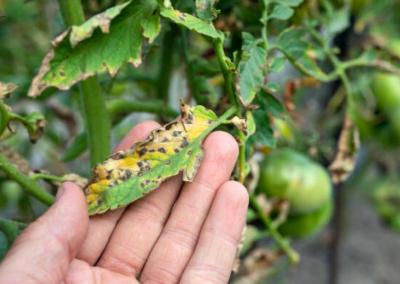To cut or not to cut the leaves of growing tomatoes?
Some gardeners cut absolutely all the leaves off tomato bushes in their garden, while others do not touch the leaves. Where is the truth, why does a tomato bush need green leaves or can it live without them?
Despite the fact that this question does not seem important to many, discussions about the cutting of tomato leaves often flare up. This is due to a lack of understanding of tomato growth and ripening. What, it would seem, does the number of leaves have to do with the taste of tomatoes? But the two are certainly related.
The proponents of leaf-cutting in tomatoes give their arguments:
• thinning the foliage improves ventilation in the root zone;
• a large leaf mass causes strong evaporation of moisture from the tomato bush, while without leaves the fruit will receive more moisture and nutrients;
• it is always recommended to remove old yellowing leaves.
The plant seems to be like a kind of pump – looking for moisture in the soil to evaporate it quickly. Is this really the case?
Disposing of old leaves is not so simple either. The advice &bquo;when planting tomato seedlings, remove the old yellowing leaves“ is probably heard by all beginning gardeners. The question is, how do tomato plants that have not yet entered the flowering and fruiting stage already have old leaves?
Tomatoes need to be targeted from the very beginning to start producing quickly (which is why we plant them in a greenhouse). But nitrogen fertilisers can be detrimental in this case. The plant produces lush green foliage, but the actual fruit formation process is delayed.
When planting the seedlings in a permanent growing place, a couple of leaves can be removed to allow the plant to take deeper roots and to form extra roots. As the tomato bush grows, the lower 5-6 leaves can be removed at any stage and at any time. This improves aeration in the root zone. And those leaves that are in contact with the ground when the plant is already attached to the supports should also be removed. This is a disease prevention measure, as a place where the leaf is in constant contact with the damp ground can become a gateway for infections.
The middle leaf height can also be thinned, where the leaves heavily cover each other and the fruit. When the lower cluster of tomatoes is getting riper, it is a good idea to remove all the leaves up to the cluster.
But there are two important points:
A mature tomato bush should always have at least 12 normal healthy leaves. Why? Evaporation is not only a matter of removing excess moisture, but also the plant's own ventilation system. By evaporating moisture, tomatoes normalise the microclimate around them. This is particularly important in hot summers and in warm regions where tomatoes grow in open sunlight without shade or shade.
• The nutrition of tomato fruit does not come directly from the roots, but only after the nutrients have reached the leaf, where photosynthesis takes place under the influence of sunlight. From then on, the nutrients enter the fruit.
Cutting the leaves of tomatoes results in a loss of nutrients and thus a loss of the fruit's good taste. The tomato fruit will, of course, grow the traditional red colour and the seeds will ripen, but the balance of acids and sugars in the fruit will no longer be as it should be. Think about this when you are about to cut off one more „unnecessary“ tomato leaf. Perhaps this is the leaf that should be left on the bush.


